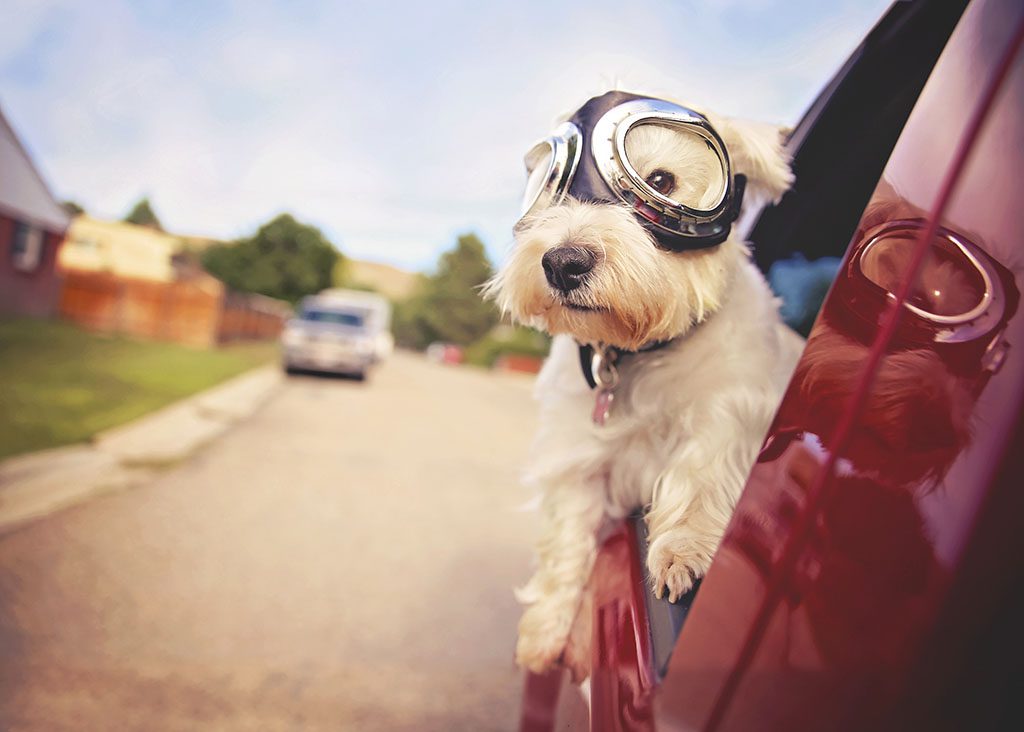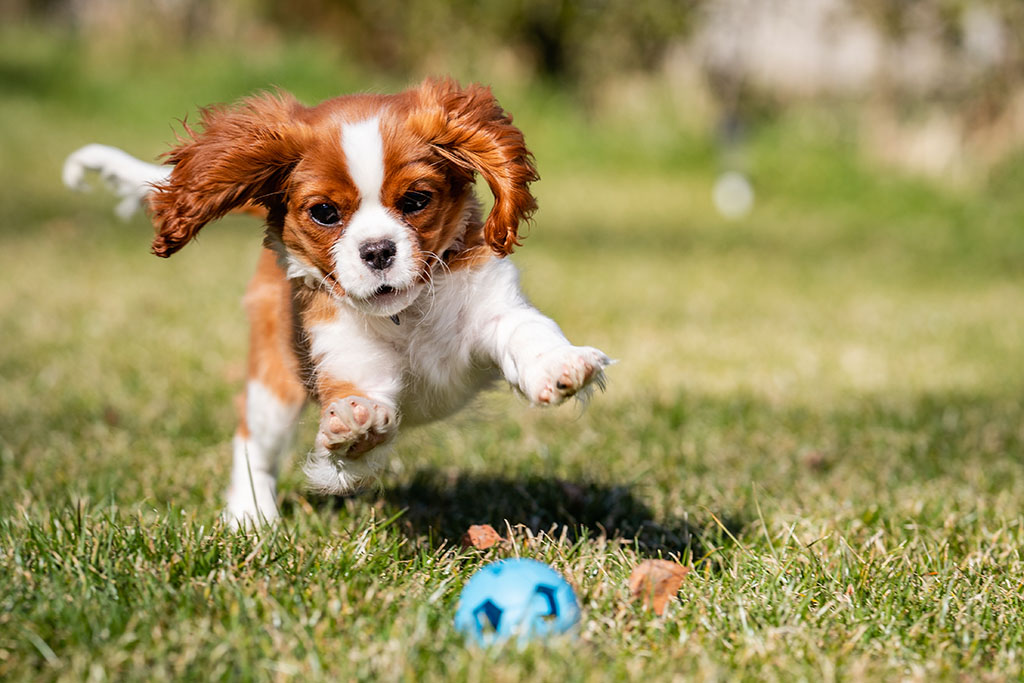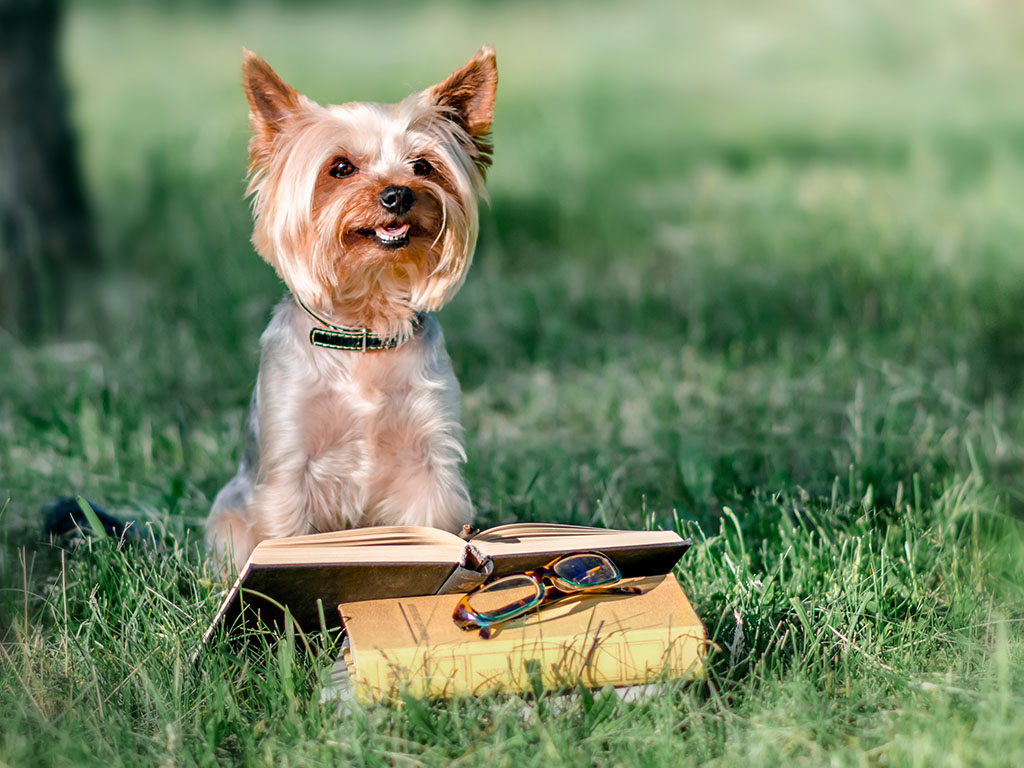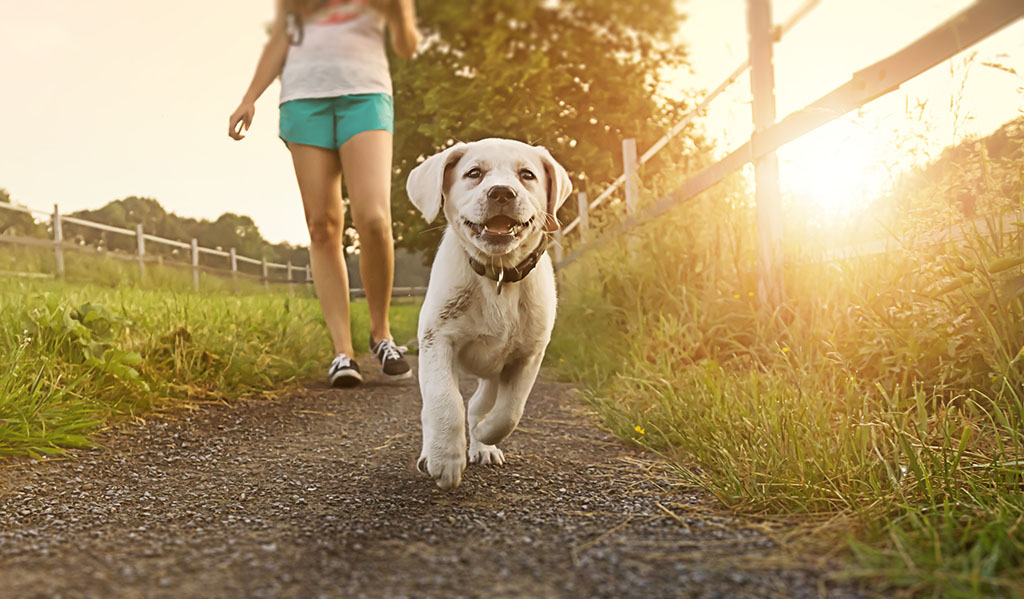Socialising Your Puppy

Welcoming a new puppy into your family is an exciting time and you’ll be eager to start your adventures together; planning walks on the beach, play dates with your fellow doggie parents, and playing frisbee in the park, ears flapping in the breeze.
But as well as spending time puppy-proofing your home and hiding all the shoes, you also need to consider training. Puppies aren’t born knowing how to behave; they need to learn how to live with humans, as well as interact with other dogs, and it’s your job to help them through what is commonly known as ‘Socialisation.’ Socialisation is the process a puppy needs to go through “to learn key life skills which ensure they are happy and confident in their environment.” But how can you make sure you get it right?
WHY IS IT IMPORTANT TO SOCIALISE YOUR PUPPY?
In the first few months of their lives, puppies learn what their world looks like, this is when they develop resilience and learn how to cope with unknown situations. If they don’t learn to do that when they’re young they’re more likely to be frightened, anxious or shy and this can lead to behaviour problems. You want your dog to be happy so that you can enjoy lots of good experiences together, just like you pictured when you thought about getting a dog.
Animals are instinctively scared of new things; from an evolutionary perspective this helps them avoid things that could harm them, so it’s important to help them learn that not all new experiences and environments are a threat. They need to learn this in a positive way; for example, you don’t want them to be scared of travelling in a car or going to the vet, and if you can identify situations that make your dog scared or anxious you can work on them more, helping to reduce any signs of stress in your dog in the future.
AT WHAT AGE SHOULD SOCIALISATION START?
While it’s important to carry on training your dog throughout their lives, there’s a window of opportunity where effective puppy socialisation can take place. This ‘Critical Socialisation Period’ is between 3 – 17 weeks of age and how you train your dog in this period determines what kind of dog they are later in life.
A good breeder should have started socialising your puppy by introducing them to new things and encouraging good behaviour, in their first few weeks, so it’s important that you carry that on. Of course, all dogs are different, and some dogs are easier to train than others, depending on the breed and their genes; sometimes nervous parents have nervous puppies, so check their body language as you train them.
CAN YOU SOCIALISE A PUPPY BEFORE THEIR VACCINATIONS?
It is possible to start socialising before your puppy’s first vaccinations, as long as you follow a few guidelines:
Only let them loose in your house/gardenYou can take them outside but it’s a good idea to carry them so they don’t interact with other dogs or try to eat/roll in something they shouldn’t.
HOW CAN YOU SOCIALISE A PUPPY BEFORE THEIR VACCINATIONS?
There are plenty of opportunities in your home for socialising a puppy, without putting a paw outside.
Textures – Let them walk on different flooring such as carpet, laminate floor/wood inside, grass, paving or gravel outside. You could also let them walk on metal, foil, cardboard, bubble wrap or plastic.
Smells – Let your puppy experience a variety of different smells; from the kind of thing, they’ll smell on other people (deodorant, perfume, moisturiser), to common household smells, like cooking smells, different foods, herbs and spices. Smells can be quite overwhelming to a puppy’s sensitive nose so do this in small doses and keep the lids on things like spices, so they don’t inhale them. They can still smell things through packaging.
Sounds – Your puppy can still experience different sounds without leaving the house. There are lots of specially designed videos/soundtracks of sounds so they can experience the sound of fireworks, babies crying, thunder, drilling, planes etc in a safe, familiar environment.
You could also let them play with lots of different things in the house, such as empty boxes, a laundry basket, plastic bowls, and toilet rolls. If you need to drive somewhere local you could take them with you, just make sure they’re suitably restrained and that you have someone familiar in the car with you who can sit with them and reassure them.

HOW TO SOCIALISE YOUR PUPPY
With people you know – you could start by inviting people around and then maybe take your puppy with you to other people’s houses. As with everything during socialisation, introduce things in small doses and make sure you have plenty of treats to reward good behaviour (for the puppy and the children!)
With strangers – the key is to stay relaxed, if you show that you’re not worried, your puppy is less likely to be worried, so smile and say hello to your local postie to prove the old cliché is wrong! Ask people to crouch down to say hello to your puppy, so they’re on the same level and let the puppy approach them; don’t let them pick your dog up. Try not to use food in this situation as not all people they meet in their lives will have food with them.
With other dogs – dogs are pack animals and very sociable, so once your puppy can walk calmly on a loose lead you can start walking near other dogs, gradually getting closer over time. Once they’ve got used to this you could try walking alongside a friend with their dog. If both dogs are happy with this you can then let them greet each other, and have a little sniff, while still on the lead. When they’ve got to know each other, you can let them play together off the lead.
With other animals – you and your puppy will come across other animals such as horses, sheep, cows, and cats while out and about, so it’s important that they learn to be calm around them. Walk past fields etc with your dog on a lead so they learn not to chase them, and remember, it’s just as important that the other animals don’t feel scared either.
With other pets – when it comes to helping your cat and dog be friends, take it slowly. Let them get used to each other’s smells first, using a blanket or toy. Make sure both animals have somewhere to go if they’re feeling uncertain or threatened, then gradually introduce them. This should be at your cat’s pace, let them approach your dog and remove them if either of them shows any signs of threatening/distressed behaviour. It might be helpful to make sure your cat has somewhere high to escape to if it needs to. Don’t tell your dog off if they don’t behave how you want them to, this could lead to negative associations; instead, just remove them from the situation.
At the vets – your puppy will have regular visits to the vet, even if it’s just for vaccinations, so it would be useful if they could have some positive experiences there first. You could see if your local vet will let you take your puppy a few times when it’s not busy. You could also get your puppy used to being handled by carrying out practice examinations, other family members could try this too. Gently examine them, lifting their ears, feeling their tummies, while time talking to them gently and making a fuss of them when they’ve stayed calm.
In different environments – young dogs need to be comfortable in different environments, such as cities, the countryside, beaches, near busy roads etc. The outside world can be a scary place for a small puppy so the more positive experiences they have the better.
Getting them used to strange sounds – let your puppy hear different sounds around the house; for example, the television, music, the washing machine, a vacuum cleaner, the letter box opening and different people’s voices. You could play recordings of these while they’re doing something else, such as eating. Have it playing at a low volume in the background for a short time then build it up.

FINDING GOOD PUPPY TRAINING CLASSES
Puppy training classes are a great way for your puppy to meet/get used to other dogs and people in a safe, controlled environment. Training in a social group will also be good for your confidence. They’ll help your puppy get used to listening to you when there are other (more exciting) dogs and noises around. Before you sign up, go and have a look around to get a feel for them. Is it too busy and noisy? Do the other puppies seem well-controlled? Do the puppies, and their owners, look happy and relaxed? Talk to other owners. Remember, while these classes are really useful, you still have to do most of the work yourself in between the classes.
TIPS FOR SUCCESSFUL SOCIALISATION
The main thing to remember when socialising your puppy is that it’s supposed to be a positive experience, for both of you. Animals pick up on our emotions, so you need to stay calm and have fun. You also need a lot of (healthy) treats!
Don’t rush it, introduce things gradually and if at any point your puppy shows signs of being tense or scared, stop straight away. Keep checking their body language and watch out for them backing away, crouching, or flattening their ears. Don’t force them and always make sure they have a way out of the situation if it all becomes a bit overwhelming, and remember, puppies tire easily so keep training sessions short.
You could try socialising with other people with calm, friendly dogs; puppies can learn a lot from being around well-behaved older dogs. It’s good for them to meet a mix of breeds and ages; learning with other puppies helps, as does mixing with older dogs. As ever, keep a close eye on them. An adult dog might keep them in check if they get too excited, or they might let them climb all over them and be quite rough, which is nice for your puppy now but not when they’re bigger and expect all dogs to let them climb on them; not all dogs will be as tolerant. And remember, dogs are like humans in that they don’t want to be best buddies with everyone, so don’t force it.
It’s also good to let your puppy get used to being left alone. This could be a good time to think about crate training your puppy as it’s a good idea for your puppy to have some space of their own, a bed or a small den. Give them a toy or treat, then move away to the other side of the room. As long as your puppy is relaxed about this, you can then start moving further away and leaving them for longer, building up gradually to leaving the house for short periods of time.
Don’t try too many things in one day and try to stick to the kind of routine that you normally have. They need to learn that it won’t be constant play!
Your puppy’s breeder may already have started getting them used to a collar, but if not, start this as soon as possible. Collars are necessary for many reasons, mainly for safety and identification, so they must get used to them when they are young. Start by having the collar around for them to sniff, then gently put it on them and distract them with a treat or by playing with them. Only leave it on for short periods of time at first, then build up. Make sure the collar fits them now, not when they’ve grown into it, there should be enough space to fit two fingers underneath.

DOWNLOAD OUR CHECKLIST
Puppy training can be quite daunting, knowing what to do when and keeping track of what you’ve already done can be tricky. Take at our handy checklist and tick things off as you go so you know what you’ve done and when, as well as how your pup reacted. Keep it on your fridge so you can see at a glance where you’re up to.
CONCLUSION
Socialisation should be a positive experience for both you and your puppy and by putting the work in now you’ll make sure that you and your dog will have lots of happy times together.
Stay calm and enjoy it, it’s not a race and each dog is different. Be consistent and remember to praise them when they behave how you want them to, distract them when they do something you don’t want them to, and discourage any kind of behaviour that you don’t want them to continue, such as play biting; things that seem cute when they’re a fluffy little puppy are less so when they’re a great big dog! You might also want to consider insuring your puppy, to give you peace of mind and help protect them on their new adventures.
The main thing though is to make sure you have plenty of treats on hand, for both of you!
All content provided on this blog is for informational purposes only. We make no representations as to the accuracy or completeness of any information on this site or found by following any link on this site. We will not be liable for any errors or omissions in this information nor for the availability of this information. We will not be liable for any loss, injury, or damage arising from the display or use of this information. This policy is subject to change at any time.
We offer a variety of cover levels, so please check the policy cover suits your needs before purchasing. For your protection, please ensure you read the Insurance Product Information Document (IPID) and policy wording, for information on policy exclusions and limitations.



